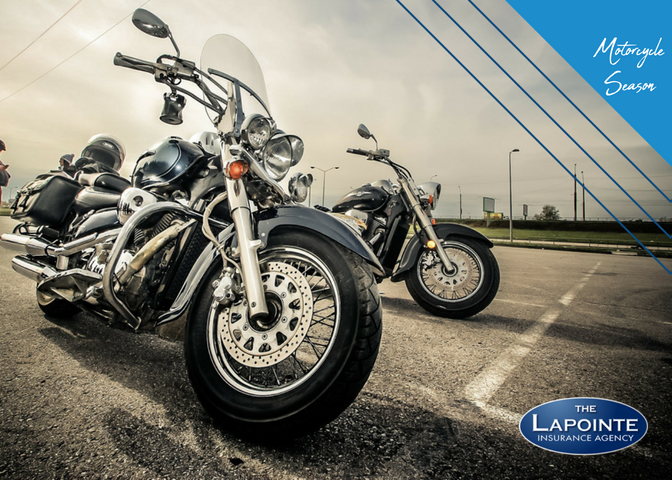Though not, typically, as expensive as cars, motorcycles still are a large investment and should be protected by insurance, particularly when money has been borrowed in order to buy them. Below are typical coverage’s found in motorcycle insurance policies:
Collision coverage–This covers damage to your own vehicle that happens when your vehicle runs into another object, such as other vehicles, trees, light poles, mountains, etc.
Other Than Collision coverage–This also covers damage to your own vehicle that is due to sources such as fire, theft, hitting an animal, vandalism, earthquake, flood or hail. Unlike liability coverage, both Collision and Other Than Collision coverages are subject to deductibles, the amount of a claim that the policy owner must pay. Deductibles are meant to eliminate an insurer having to pay for very minor losses.
Special Parts and Accessories–This coverage may be part of a cycle insurer’s basic coverage or, quite often, an optional coverage. Typically it pays for loss involving damage to custom equipment that is added to a cycle rather than what is provided by the cycle manufacturer.

Medical Payments–This coverage typically handles medical expenses for injuries to you while operating your cycle.
Roadside Assistance–This coverage is to help pay for your costs to deal with a disabled cycle, helping to pay for it to be transported to a location for repairs of to assist with the cost for any repair or service that occurs at the location of the cycle’s breakdown. However, this coverage is for labor rather than the costs of parts.
Remember the above information only touches upon some typical insurance issues. It’s always wise to contact your agent and discuss your coverage questions and needs in detail.
Motorcycles are an amazing way to travel, making even commuting adventurous. But motorcycles share the roads with vehicles that dwarf them. They also lack the protective shells of cars and trucks, so motorcyclists are far more vulnerable to serious, even fatal injuries. In order to minimize the danger, there are steps that all motorcyclists should take:
Pre-Motorcycle Season
Make sure that, after being parked and stored, the cycle is in good condition. That means:
- Checking lights and signals
- Testing brakes
- Checking fuel and oils
- Make sure all cables and chains are in working order (also properly lube chains)
This is also the ideal time to see if you have the proper outfit and gear for riding. Light colors, sturdy fabrics, protective footwear, padded jackets and, of course, a proper helmet. Another thing to consider if you are inexperienced or if it has been a long time since you have operated a cycle is a brush-up safety course.
During Motorcycle Season
- Adjust your driving to driving conditions, especially poor weather
- Always wear correct clothing and gear
- Brake properly – especially avoid braking while making turns
- Don’t drive beyond your skills
- Keep alert – make sure that others on the road are aware of you. Stay out of their blind spots and take care when changing lanes and passing other vehicles
- Obey traffic laws – Complying with speed limits and road warnings is important. Also, NO tailgating!
- Stay focused on your cycle – driving distractions are even more dangerous for motorcyclists
Few things are as much fun as motorcycles, but ride them safely!


Recent Comments